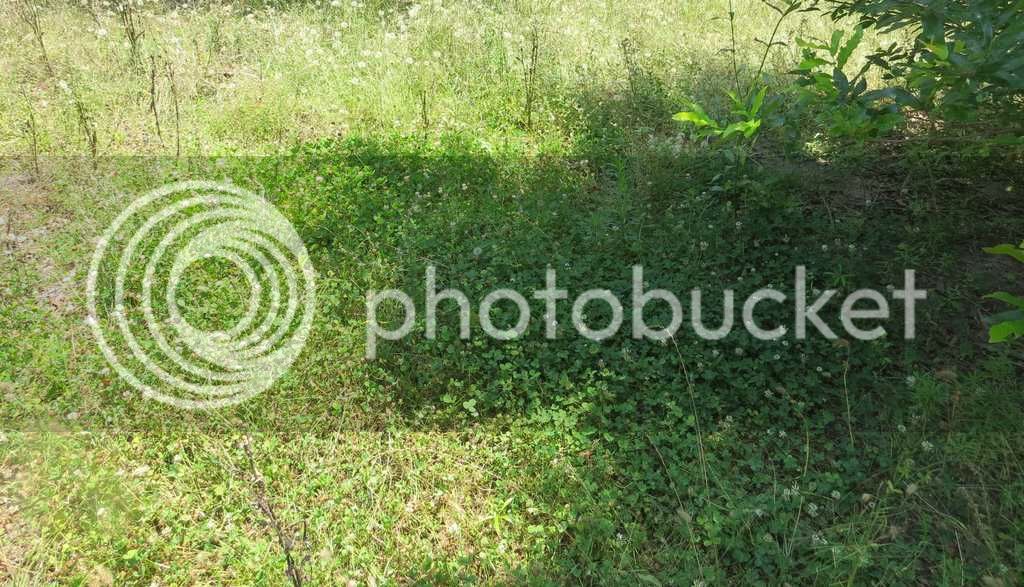Native Hunter
5 year old buck +
Crimson, I took up your offer on researching the deep south. Here is a link on dog fennel from the deep south - The University of Florida.
http://edis.ifas.ufl.edu/ag233
While this is speaking of the destruction to grass pastures and not clover, I think we can draw some pretty good conclusions. Facts as stated from the University of Florida are:
http://edis.ifas.ufl.edu/ag233
While this is speaking of the destruction to grass pastures and not clover, I think we can draw some pretty good conclusions. Facts as stated from the University of Florida are:
- "Dogfennel (Eupatorium capillifolium) is an aggressive native perennial found throughout much of the Southeast. Dogfennel is particularly troublesome in unimproved or overgrazed pastures where it adds to the decline of forage yield and quality." You can't tell me that if it can add to the decline of forage yield and quality of pasture that it can't do the same thing to clover.
- "The growth will generally consist of a single, non-branching shoot that can exceed 8 feet in height." 8 feet - wow, maybe you need to shade the clover with semi dwarf apple trees.
- "In addition to growth from seed, dogfennel can spread from underground rootstocks. These rootstocks arise from the main taproot and grow laterally in all directions. This process will result in the production of distinct plant colonies in only three years." A colony of 8 foot tall weeds in only 3 years. Does that sound good for a clover plot?
- "The data indicate that a pasture with > 50% infestation will yield 42%–74% less bahiagrass than a dogfennel-free pasture, if dogfennel removal is performed in May. Waiting until August to remove dogfennel from pastures with > 50% infestation resulted in a more than 75% loss in bahiagrass yield. As such, we recommend that dogfennel be controlled as early as possible if more than half the pasture is infested." :eek: Nothing left for me to say. This says it all.



 As far as I know, nothing has grown on this gravel pit for 30+ years after being mined for coal and pigment.
As far as I know, nothing has grown on this gravel pit for 30+ years after being mined for coal and pigment.

